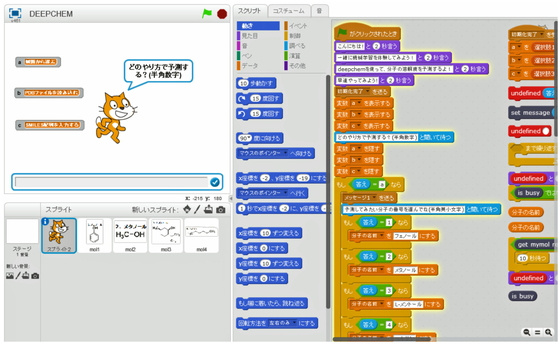DeepChem has been used in many publications at this point, but we don’t really have a well curated list of papers/discoveries made with DeepChem. I propose that we use this thread to crowdsource a list of important papers/discoveries that were powered with DeepChem. This will help us eventually secure grants for DeepChem and perhaps even give us the grounds to add a wikipedia page for the project. Here’s a couple old papers (and a rough template) to start us off:
Paper Title: MoleculeNet: a benchmark for molecular machine learning
Summary of DeepChem Usage: MoleculeNet is a benchmark collection that is tightly integrated with DeepChem and which uses the DeepChem API to enable easy access to datasets
Important Contributions: MoleculeNet was one of the first popular benchmarks for molecular machine learning and has been cited widely by the community.
Date Published: October 30th, 2017
Paper Title: Low data drug discovery with one-shot learning
Summary of DeepChem Usage: One shot models were implemented in DeepChem. (Unfortunately, these models don’t work in today’s DeepChem, but I hope to fix this in one of the upcoming releases)
Important Contributions: This paper demonstrated that low data techniques could be useful in some drug discovery applications
Date Published: April 3, 2017
I suspect there’s a lot of papers out there, so please add on your papers to this thread when you get a chance! I’ll continue populating this thread out as well

